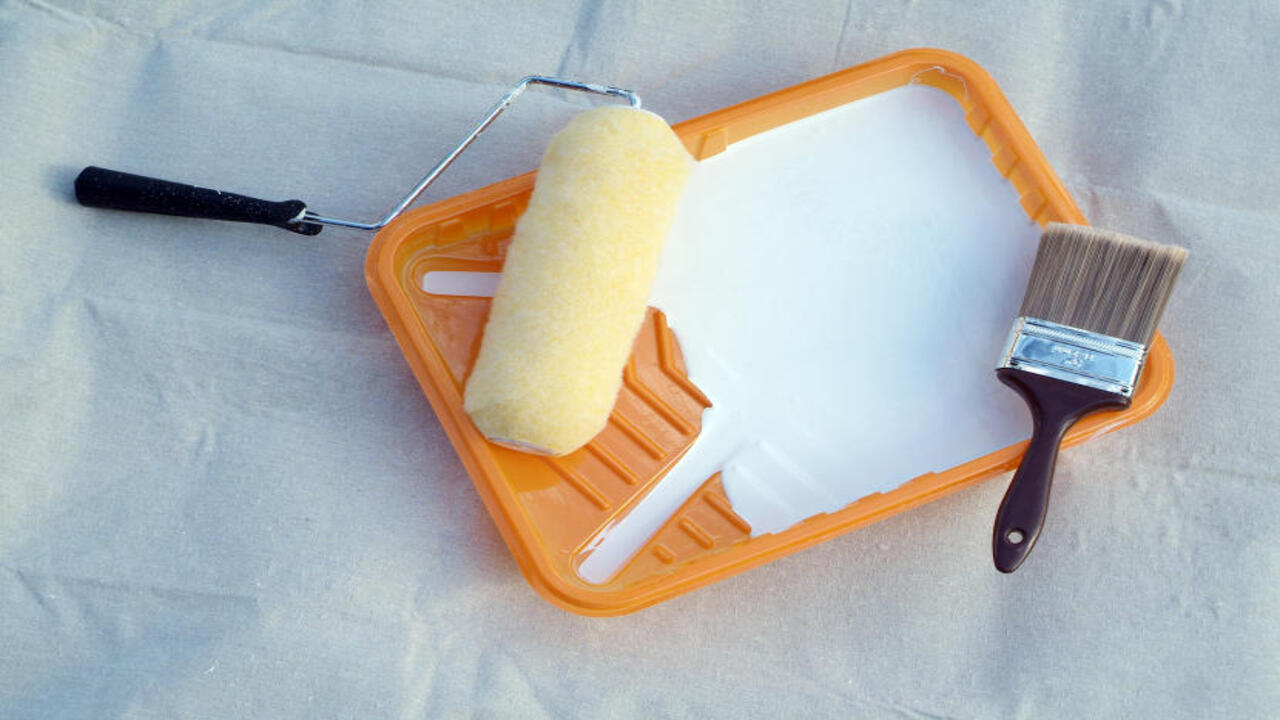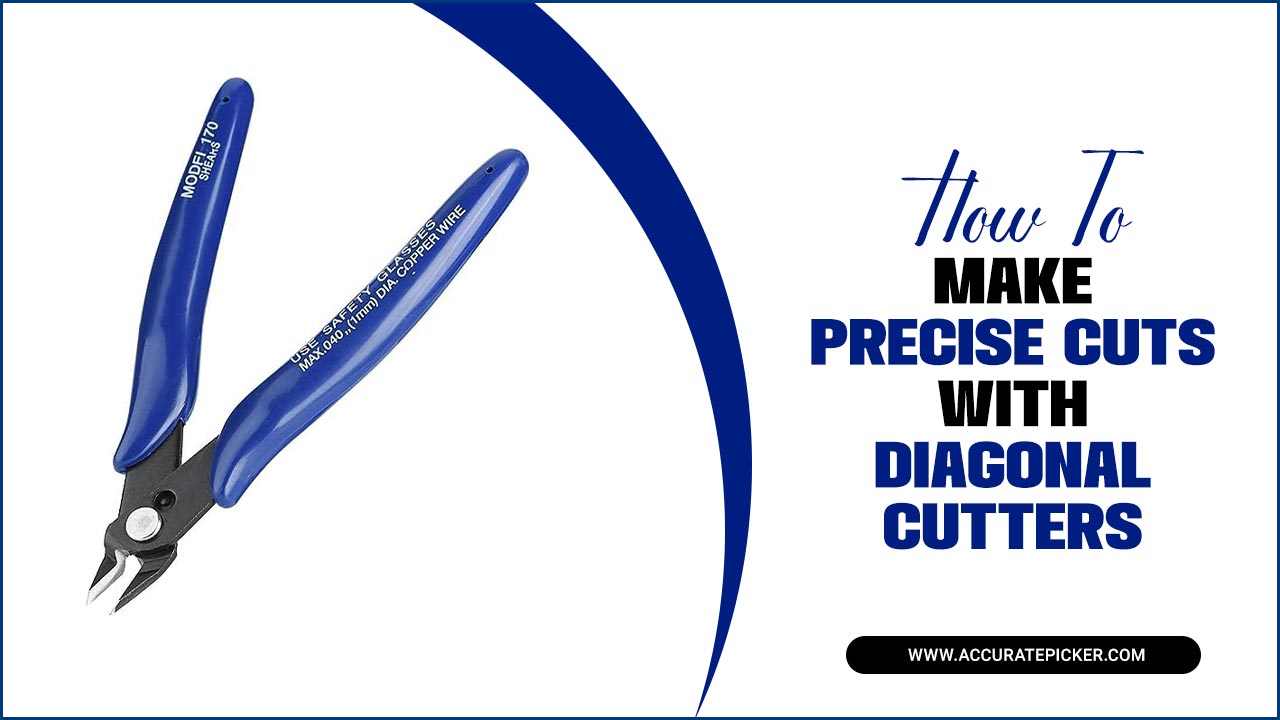Oil-based primers and shellac primers are two of the most commonly used primers in the painting industry. Both of these primers have their own unique properties and are used for different applications.
This article will compare and contrast the two primers, taking into account their properties, uses, and advantages and disadvantages. It will also provide a comprehensive overview of which primer is best suited for which job.
By the end of this article, readers will have a better understanding of the differences between oil-based and shellac primers and be able to make informed decisions about which primer to use for their painting projects.

Oil-Based Vs Shellac Primer: Which Is Best?

Before delving into the details of oil-based primer vs. shellac primer, it is important to understand what primers are and why they are used. Primers are a type of paint that is applied to surfaces before the main coat of paint.
They help to create a smooth surface and provide a better bond between the surface and the paint. Primers also help to protect the surface from damage and provide a better finish. Primers come in different types, and the most common are oil-based and shellac primers. In this article, we will discuss the differences between oil-based and shellac primers and which one is the best option for your project.
Properties

Oil-based primers and shellac primers each have distinct properties that set them apart. Oil-based primers are thicker and heavier than shellac primers, and they have better adhesion qualities. They are also better suited to blocking out stains, which makes them an ideal choice for covering up dark walls. Shellac primers are a great choice if you are looking for a quick-drying finish.
They are much thinner than oil-based primers and therefore dry faster. Shellac primers are also more resistant to moisture damage, making them a better choice for bathrooms and kitchens. But because of their thinner consistency, shellac primers are not as good at blocking out stains.
Both oil-based primers and shellac primers can be used to prepare surfaces for painting, but each has its own unique properties and advantages.
Oil Based
Oil-based primer is a common type of primer used to coat surfaces before painting. It is composed of a base of alkyd resins and oils, and can be used on a variety of surfaces including wood, metal, drywall, and concrete. It has a longer drying time than other primers, allowing for better coverage and adhesion of paint coats. Oil-based primer is also more durable and can provide better protection against moisture, mold, and mildew.
However, oil-based primer is more difficult to clean up and has a strong odor. It is also more likely to yellow over time. Shellac primer is another type of primer, which is made from a combination of resins and alcohol.
It is a fast-drying, non-staining primer that can be used on wood, metal, and masonry surfaces. It is less durable than oil-based primer, but is easier to clean up and has no odor. It also provides excellent adhesion and is less likely to yellow over time than oil-based primer.
Shellac
Shellac primer is a type of oil-based primer that is used on surfaces that need to be primed before painting. It is made from a combination of shellac flakes and denatured alcohol. The properties of shellac make it ideal for priming surfaces such as wood, metal, and drywall.
It is also a great choice for priming any surface that may be prone to moisture or mold. Unlike oil-based primers, shellac primer dries quickly and can be recoated within an hour. It also provides a good bond between the primer and the substrate, making it a great choice for difficult surfaces. Shellac primer is also very resistant to water and can be used in areas where there is high humidity.
It is also an excellent choice for surfaces that need to be sealed against water, such as bathrooms and kitchens. Shellac primer is more expensive than oil-based primers, but it is well worth the extra cost for the superior performance it offers.
Application

Oil-based primers and shellac primers have different applications. Oil-based primers are best suited for use on wood, metal, and drywall. This type of primer is also effective for blocking stains and sealing porous surfaces. Shellac primers are ideal for use on surfaces that are nonporous, such as laminate, glass, and ceramic tile. They are also great for blocking odors and sealing in nicotine stains.
It is important to note, however, that shellac primers cannot be used on surfaces that have been previously painted with an oil-based paint. In addition, shellac primers should not be applied over oil-based paints. Before you begin a painting project, determine which type of primer is best suited for the job.
Oilbased
Oil-based primers are composed of oil and resins, usually alkyd or oil-modified polyurethane, and are used to provide a surface for paint to adhere to. They are highly durable and are suitable for interior and exterior surfaces alike.
They are also effective at blocking stains and odors, making them a great choice for areas that need to be sealed against staining, such as kitchens and bathrooms. They are also easy to apply, as they can be brushed, rolled, or sprayed onto the surface.
The major downside of oil-based primers is that they are more difficult to clean up and require mineral spirits or paint thinner to do so. Additionally, they can take a long time to dry, with some taking up to 24 hours.
Shellac
Shellac primer is a type of oil-based primer that has a few distinct advantages over other types of primer. It is often used to provide a smooth, even surface for a top coat of paint and to seal in stains and odors. Shellac primer is also highly resistant to water and solvents and can be used to seal in graffiti or other damage caused by exposure to the elements.
It is also one of the few types of primers that can be used on non-porous surfaces, such as metal or glass. In addition, shellac primer dries quickly and is easy to apply. However, it is not as durable as other types of primer and should only be used on surfaces that will not be exposed to extreme temperatures or moisture.
Cleanup
When it comes to cleanup, using oil-based primer can be a bit of a hassle. This type of primer requires solvents such as mineral spirits to clean brushes and other materials. Shellac primer, on the other hand, is much easier to work with.
All you need to do is rinse off the brushes and other materials in warm water and you’re done. This makes it a much more convenient option for those who don’t want to deal with the hassle of using solvents. Furthermore, shellac primer tends to dry much faster than oil-based primer, which makes the cleanup process even easier.
Oilbased
Oil-based primers are generally composed of a combination of resins and oils, and are used mainly to prime surfaces for painting. They are effective at sealing knots and wood grain, and can be used both indoors and outdoors.
One of the benefits of an oil-based primer is that it has a longer open time than shellac-based primers, which means that it can be applied more slowly and evenly over larger areas. Additionally, oil-based primers can provide better adhesion to many surfaces than shellac-based primers.
The downside is that oil-based primers usually require a more thorough clean-up process with paint thinners and other solvents, and they can be more difficult to work with in certain environments.
Shellac

Shellac primer is a popular choice in the painting world. It is a type of primer that is made of a resin secreted by certain types of insects. This resin is then processed into flakes and dissolved in alcohol to create a thick, clear primer. It is fast drying, easy to clean, and can be applied directly to surfaces without sanding.
It is also highly resistant to water and moisture, making it a great choice for areas that are prone to moisture. Additionally, it is a great choice for surfaces that are difficult to sand, such as metal, glass, and tile. It is also able to adhere to glossy surfaces, making it a great choice for cabinets and furniture.
Cost
When it comes to cost, oil-based primer and shellac primer are fairly similar. Both are typically sold in quart-sized cans and range in price from $10 to $2 Shellac primer is typically a little more expensive due to its higher quality, but it is also more durable and offers better coverage. Both primers require a brush or roller for application, and the cost of the roller or brush should be factored into the overall cost of the project.
Additionally, shellac primer may require mineral spirits or denatured alcohol for thinning, which adds additional cost. Ultimately, both primers are cost effective and provide excellent coverage.
Oil Based
Oil-based primers are the most common type of paint primer. This type of primer is ideal for use on metal, wood, and masonry surfaces. It is especially effective in sealing porous materials such as masonry surfaces, making them suitable for painting.
The oil-based primer seals the surface from moisture, dirt, and other contaminants, allowing for better adhesion of the topcoat. Oil-based primers also provide a good base for the topcoat, making it easier to achieve a good finish. Oil-based primers often require more time to dry and may require multiple coats for full coverage. Additionally, they may require more time to clean up after use.
Shellac
Shellac primer is a unique type of primer that has been used for centuries in woodworking and cabinet making. It is made from the secretion of the female lac bug, which is then processed into flakes and dissolved in an alcohol base. It is highly flammable and emits noxious fumes, so make sure to use it in a well-ventilated area.
It dries quickly and is very durable, making it a great choice for use on surfaces that will be exposed to water. It has excellent adhesion to many surfaces, including metal and plastic, and can be used as a sealer or a primer. It has been known to help protect against mildew and mold and can be tinted to a variety of colors.
Conclusion
Oil-based primer and shellac primer are both great options for priming surfaces before painting. Oil-based primer is a great choice for surfaces such as wood, metal, and masonry, as it provides excellent adhesion and durability.
Shellac primer is a great option for previously painted surfaces, as it seals in odors and provides a smooth, even finish. Ultimately, the best choice for your project will depend on the surface you’re working with and the desired results.
FAQ’s
1.Can You Put Oil Based Primer Over Shellac Primer?
Ans: Yes, you can put oil based primer over shellac primer. However, it is important to ensure that the shellac primer is fully dry before applying the oil based primer. Additionally, you should use a tack cloth to remove any dust from the shellac primer before applying the oil based primer. Finally, make sure to use a good quality oil based primer for the best results.
2.Is Shellac Based Primer The Same As Oil Based Primer?
Ans: No, shellac based primer and oil based primer are not the same. Shellac based primer is a type of primer that is made from a mixture of alcohol and a resin secreted by certain insects. It is quick drying, provides good adhesion and seals porous surfaces. Oil based primer is a type of primer that is made from linseed oil or synthetic resins. It is slow drying, provides good adhesion and seals porous surfaces.
3.Is Shellac Primer Good For Bare Wood?
Ans: Yes, shellac primer is a good option for bare wood. This type of primer seals the wood, prevents tannin bleed, and provides a good surface for paint adhesion. It also dries quickly and is easy to sand for a smooth finish. Shellac primer can be applied with a brush, roller, or sprayer.
4.Is Bin Shellac Primer Oil Based?
Ans: Yes, bin shellac primer is oil based. It is an oil-modified polyurethane primer that is designed to provide a high-bond surface for finishing projects. It is recommended to use an oil based primer on surfaces such as metal, wood, and concrete. The oil based primer also provides a sealer for porous surfaces, preventing the finish coat from being absorbed.
5.What Are The Pros And Cons Of Shellac Primer?
Ans: The main pro of shellac primer is that it dries quickly and provides an excellent seal. It also provides good adhesion between the surface and the topcoat. On the other hand, it is not very durable and can be easily removed by solvents. Additionally, it is not the best choice for surfaces that are exposed to high humidity, as it may cause the primer to blister.
6.Is Shellac Primer Better Than Oil Based Primer?
Ans: Shellac primer is a popular choice for priming wood surfaces because it dries quickly and is easy to use. It is also highly effective in sealing knots and other wood defects. However, oil-based primer is usually better for exterior surfaces because it provides better protection against moisture and can fill in larger cracks and gaps. Ultimately, the best primer to use depends on the type of surface being primed and the desired results.





